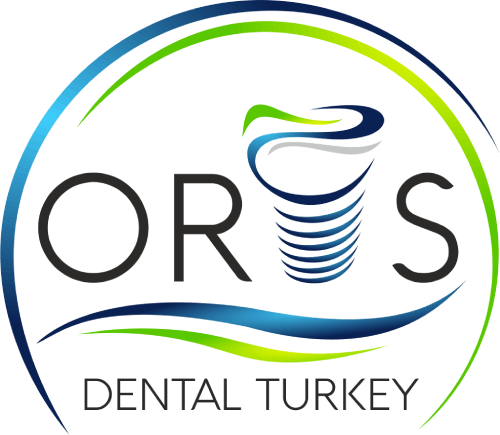Understanding Composite Bonding: Benefits, Procedure, and Aftercare
Composite Bonding is a popular cosmetic dental procedure used to repair, restore, or enhance the appearance of teeth. In this article, we'll take a closer look at Composite Bonding, its benefits, procedure, and aftercare.
What Is Composite Bonding?
Composite Bonding, also known as composite bonding, is a cosmetic dental procedure that uses a tooth-colored composite resin to repair or improve the appearance of teeth. The resin is applied to the tooth, shaped, and hardened with a special light to bond it to the tooth surface.

Benefits of Composite Bonding
Composite Bonding offers several benefits, including:
1. Improves Appearance: Composite Bonding can improve the appearance of teeth by repairing chips, cracks, gaps, and discoloration.
2. Affordable: Composite Bonding is a relatively inexpensive cosmetic dental procedure compared to other options.
3. Quick and Painless: Composite Bonding is a quick and painless procedure that can be completed in a single visit.
4. Versatile: Composite Bonding can be used to repair or enhance the appearance of one or more teeth.
The Composite Bonding Procedure
The Composite Bonding procedure typically involves the following steps:
1. Preparation: Your dentist will clean the tooth and roughen the surface to help the resin bond to the tooth.
2. Application: Your dentist will apply the tooth-colored composite resin to the tooth and shape it to match the natural contours of the tooth.
3. Curing: Your dentist will use a special light to harden the resin and bond it to the tooth.
4. Polishing: Your dentist will polish the bonded tooth to create a natural-looking, smooth finish.
Aftercare for Composite Bonding
After Composite Bonding, it's important to follow your dentist's aftercare instructions to ensure a smooth and successful recovery. This may include:
1. Oral Hygiene: It's important to maintain good oral hygiene habits, including brushing and flossing regularly and using an antiseptic mouthwash as directed.
2. Avoid Staining Foods and Drinks: You should avoid consuming staining foods and drinks, such as coffee, tea, and red wine, for the first 48 hours after the procedure.
3. Be Gentle: You should avoid biting or chewing on hard objects, such as ice or pens, and using your teeth to open packages or bottles.
4. Follow-Up Appointments: Your dentist may schedule follow-up appointments to monitor your progress and make any necessary adjustments.
Is Composite Bonding Right for You?
Composite Bonding is a safe and effective cosmetic dental procedure for most people. However, it may not be suitable for everyone. Factors that can affect your eligibility for Composite Bonding include the condition of your teeth, the extent of the damage or discoloration, and your overall oral health.
To determine if Composite Bonding is right for you, schedule a consultation with a qualified dentist. They can evaluate your oral health, discuss your treatment options, and recommend a plan that meets your needs and goals.
In Conclusion
Composite Bonding is a safe, affordable, and versatile cosmetic dental procedure that can improve the appearance of your teeth and boost your confidence. If you're interested in Composite Bonding or other cosmetic dental procedures, don't hesitate to schedule a consultation with a qualified dentist today and take the first step towards a brighter, more beautiful smile.




